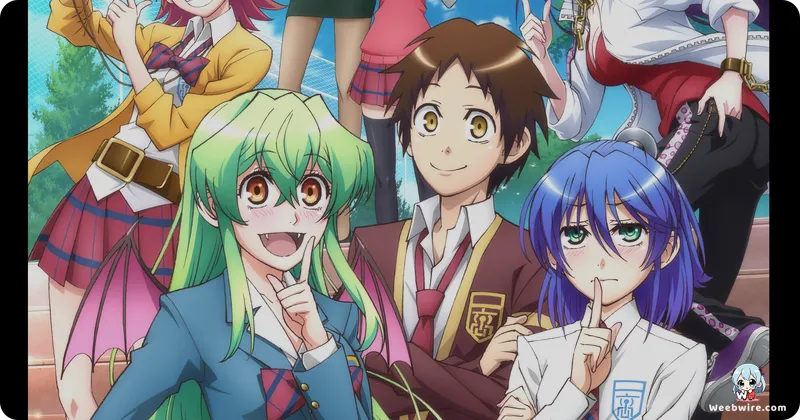The Hidden Truth of Actually, I Am: Unpacking the Manga's Radical Art Evolution and the Anime's Incomplete Legacy

The 2015 anime series Actually, I Am (Jitsu wa Watashi wa) quickly became a notable, though brief, entry in the supernatural romantic comedy genre. The premise is immediately engaging: high school student Asahi Kuromine, who is cursed with an inability to keep any secret, discovers that his crush, Yoko Shiragami, is a vampire. While the anime introduced many viewers to this world, the history of its source material and its adaptation reveal complexities often overlooked by casual audiences.
For dedicated fans and manga enthusiasts, the story of Actually, I Am is defined by the extraordinary artistic journey of its creator, Eiji Masuda. Over the course of the manga’s extensive 196-chapter serialization, Masuda’s drawing style underwent a remarkable transformation. Starting with noticeably simplistic designs and thick outlines typical of early serialization efforts, the artwork matured into incredibly sleek, detailed, and aesthetically sophisticated visuals by the final arcs. This radical shift is frequently cited as one of the most significant examples of artistic growth within a single serialized comic, dramatically enhancing both the emotional depth and the comedic timing of the later volumes.
Crucially, the entire narrative tension hinges on Asahi’s defining flaw: his total lack of discretion. This characteristic earned him the nickname “Anahori,” or “The Hole Digger,” from his classmates. Asahi's constant blundering and accidental revelations necessitate Yoko’s strict secrecy rule; should her vampire identity be exposed, she would be forced to leave the school forever. This elegant integration of a simple character trait into the core plot mechanism allows the lighthearted supernatural antics to carry genuine stakes.

However, the 2015 anime adaptation from TMS Entertainment, despite generally solid animation and strong voice acting, faced significant criticism regarding its scope. The 13-episode series only managed to cover approximately the first 75 chapters of the manga’s content. Consequently, the adaptation was compelled to deliver a rushed, non-canonical conclusion. This decision disappointed many long-time readers, as the show concluded just before major character arcs and romantic developments were fully realized.
Adding further depth, the ensemble cast is meticulously crafted, featuring a werewolf (Shiho Shishido/Shizuku), a devil (Nagisa Aizawa), and an alien (Mikan Akemi), alongside the central vampire. These characters often include subtle linguistic nods, such as Mikan Akemi’s name referencing the Japanese word for mandarin orange, reflecting her habits. These intricate details underscore the world-building effort, ensuring Asahi’s struggle to maintain normalcy amidst supernatural chaos remains the magnetic charm of this cult romantic comedy. Veteran readers consistently recommend transitioning to the manga to experience the intended full conclusion and appreciate the author's complete artistic evolution.
Credits
Actually, I Am
Author
Eiji Masuda
Cover Art
Eiji Masuda
Studio
TMS Entertainment
Publisher
Akita Shoten
Producers





